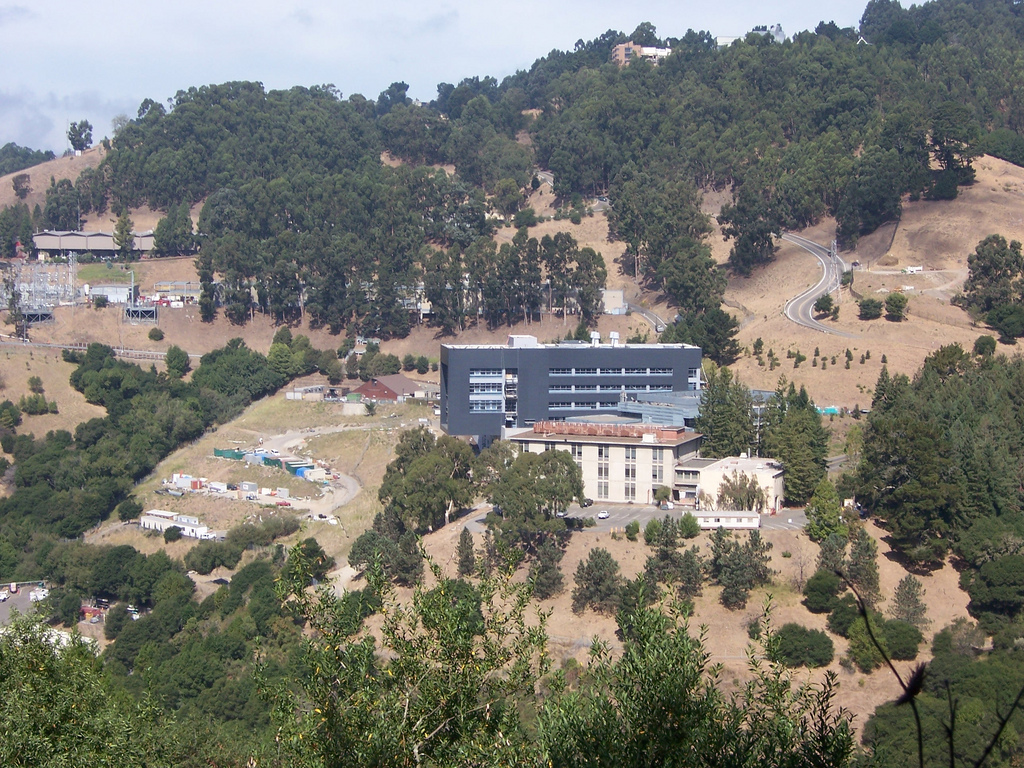Sir Samuel Curran (1912-1998) was a British physicist.
Curran was born in Ballymena, Ireland. In his early years, Curran studied mathematics and physics at Glasgow University. He also earned a Ph.D. in physics from Cambridge University.
During World War II, Curran joined the Royal Aircraft Establishment (RAE) along with his wife, physicist Joan Curran, to work on the development of radar and the proximity fuse, which would prove instrumental in the destruction of German V-1 rockets. Curan’s radar equipment would also be used by all Bomber Command aircraft and Coastal Command.
In 1944, Curran went to work on the Manhattan Project at the Radiation Laboratory in Berkeley, California. During his time there, Curran invented the scintillation counter, a device used in laboratories around the world to detect ionizing radiation. After the war, Curran returned to Scotland and later helped the development of the British hydrogen bomb. He also served as the first Principal and Vice-Chancellor of Strathclyde University.
Samuel Curran died on February 15, 1998, in Glasgow, Scotland.





